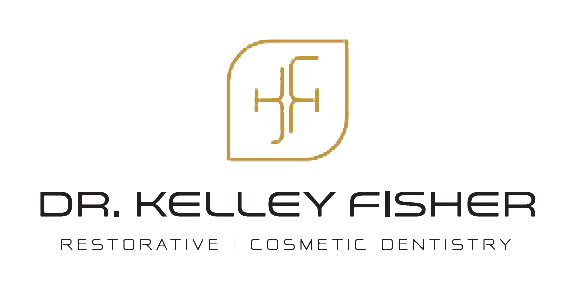Amalgam Fillings - The Hidden Dangers
For decades, dental amalgam fillings—often called "silver fillings"—have been used to treat cavities and restore damaged teeth. Amalgam is a mixture of metals, including silver, copper, tin, and, most concerning, mercury. While these fillings are known for their durability and affordability, there is growing concern about the potential health risks associated with their use.
In this post, we'll explore the dangers of amalgam fillings and why many experts recommend considering alternative materials for dental work.
1. Mercury Exposure: A Serious Health Risk
The most alarming aspect of amalgam fillings is their mercury content. Mercury is a known neurotoxin, and although the amount in each filling is small, mercury vapor can be released into the body over time, especially during activities such as chewing, brushing, or teeth grinding.
The World Health Organization (WHO) states that dental amalgam is one of the largest sources of mercury exposure for humans. Long-term exposure to mercury can cause:
Neurological problems, including memory loss, mood swings, and tremors.
Kidney damage.
Respiratory and immune system issues.
Although dental organizations like the American Dental Association (ADA) maintain that amalgam is safe for most people, concerns remain for vulnerable populations such as pregnant women, children, and people with kidney or neurological disorders.
2. Environmental Impact of Mercury
Beyond personal health concerns, the environmental consequences of mercury in amalgam are significant. When dental offices improperly dispose of amalgam waste, mercury can leach into soil and water, contaminating ecosystems. This contributes to pollution and the poisoning of wildlife, particularly in aquatic environments.
Many countries have begun regulating amalgam usage and disposal due to its environmental hazards. The Minamata Convention on Mercury, an international treaty adopted in 2013, has pushed for reducing mercury use in all sectors, including dentistry.
3. Cracking and Leaking of Fillings
Amalgam fillings are not bonded directly to the tooth, but rather packed into the cavity. Over time, temperature changes in the mouth can cause these fillings to expand and contract, leading to cracks in the tooth structure. This weakening can cause fillings to leak, increasing the risk of secondary decay beneath the filling or along its edges. In some cases, this cracking can lead to tooth fractures, requiring more extensive dental work in the future.
4. Allergic Reactions
Though rare, some individuals may have an allergic reaction to the metals used in amalgam fillings. Symptoms may include mouth sores, inflammation, or a skin rash near the mouth. Those with metal allergies or sensitivities should avoid amalgam fillings entirely and opt for alternatives.
5. Alternatives to Amalgam Fillings
Fortunately, there are safer and more aesthetically pleasing alternatives to amalgam fillings. Some of the most common options include:
Composite Resin: Made from a combination of plastic and glass, composite fillings can be color-matched to your teeth, making them less noticeable. They are mercury-free and bond directly to the tooth, providing added support.
Ceramics: Porcelain fillings are durable, stain-resistant, and non-toxic. They are more expensive but offer excellent long-term results.
Gold Fillings: While pricier, gold fillings are known for their durability and biocompatibility. They don’t cause harmful reactions and are less likely to crack or leak.
While amalgam fillings have been widely used for over 150 years, the potential dangers associated with mercury exposure and their environmental impact cannot be ignored. If you currently have amalgam fillings or are considering dental work, it's essential to discuss alternative options with your dentist. Removing old amalgam fillings should only be done by a dentist trained in safe mercury removal techniques to minimize exposure. In fact, because of the complexity and danger, we only remove a limited number of amalgam fillings each month to reduce the exposure to our staff.
As awareness of the dangers of mercury grows, it's likely that we will see a continued shift away from amalgam in favor of safer, more environmentally friendly materials. Prioritizing your health and well-being should always come first, and when it comes to dental care, there are safer choices available. If you have old amagam fillings or have questions about them, please reach out to our office via email or phone and we’d be happy to chat with you. Thanks!

